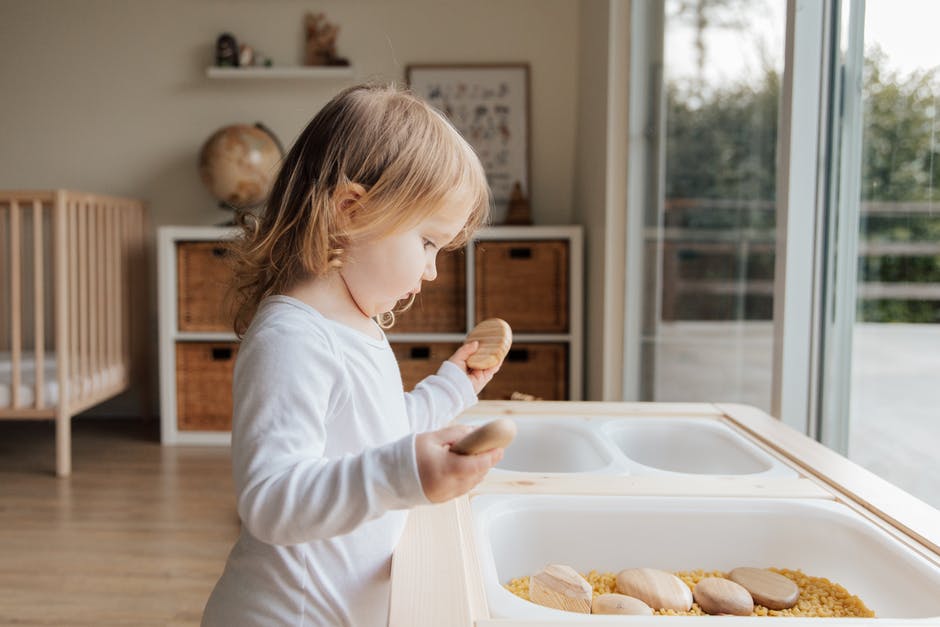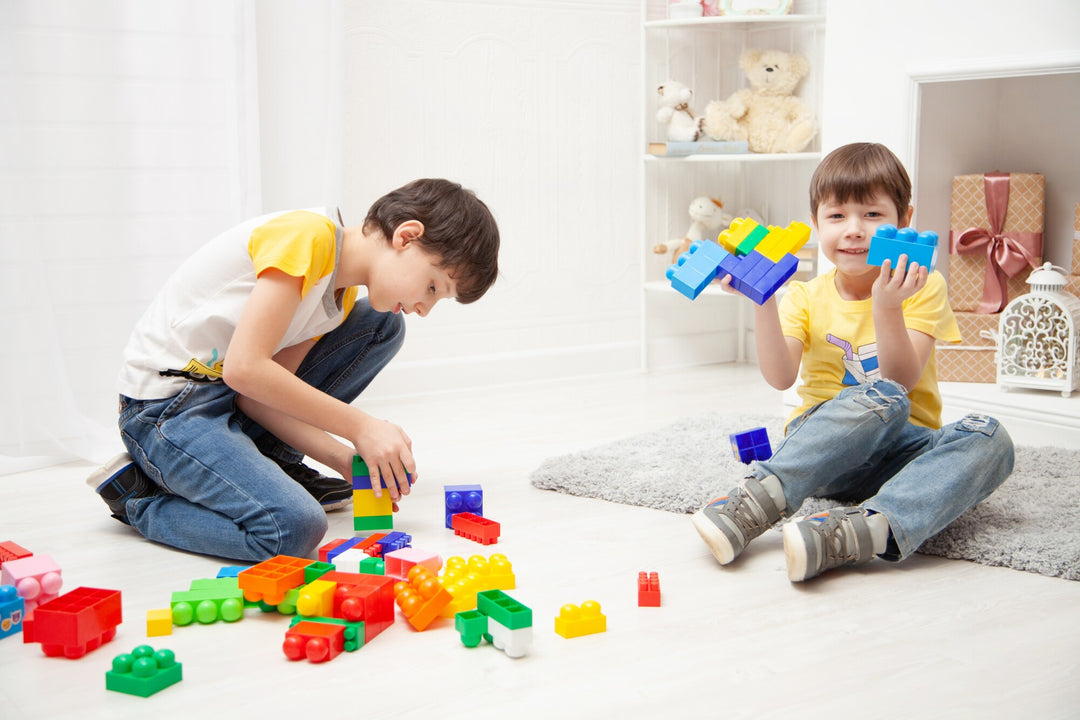Preparing Your Child with Sensory Needs for the New School Year

At Sensory Assist, we know that the back-to-school transition can be daunting—especially for children with sensory needs. With a little preparation and the right strategies, you can help your child approach the new school year with confidence and excitement. In this guide, we share practical tips and tools to make the transition smoother for both you and your child.
1. Establish a Predictable Routine
Routines create a sense of security. Begin implementing the school schedule a few weeks before the term starts.
-
Set consistent wake-up, meal, and bedtime routines to help your child adjust to the school timetable.
-
Use a visual schedule to outline daily activities, making the routine easier to understand and follow.
2. Visit the School Environment
Familiarity can reduce anxiety. Arrange a school visit before the term begins.
-
Show your child their classroom, playground, and other key areas.
-
Meet their teacher or support staff to establish a friendly connection.
This step can help your child feel more comfortable with their new surroundings.
3. Communicate with Teachers

Teachers play a vital role in supporting your child’s sensory needs. Share helpful information, such as:
-
Sensory triggers and preferences.
-
Tools or strategies that work well at home, like noise-cancelling headphones or fidget tools.
Collaboration ensures everyone is on the same page from day one.
4. Prepare a Sensory Toolkit
Having familiar sensory tools on hand can make a big difference during the school day.
-
Include items like weighted lap pads, stress balls, or chewable pencil toppers.
-
Pack these in a small, discreet bag that your child can access easily.
5. Role-Play Common Scenarios
Practice social interactions and common school activities at home to build confidence.
-
Role-play scenarios like greeting classmates, asking for help, or taking turns during group activities.
-
Reinforce positive behaviours with praise or small rewards.
6. Gradually Introduce New School Supplies

Children with sensory sensitivities may need time to adjust to new materials.
-
Introduce items like backpacks, lunchboxes, or fidget tools gradually.
-
Let your child explore and personalise their supplies to make them feel more comfortable.
7. Incorporate Sensory Diet Activities
Include sensory diet activities in your child’s daily routine to help regulate their sensory system.
-
Examples include deep-pressure exercises, jumping on a trampoline, or tactile play with items like kinetic sand.
These activities can help your child start the day feeling calm and focused.
8. Celebrate the Start of the School Year
Turn the back-to-school transition into a celebration.
-
Create a “countdown calendar” leading up to the first day.
-
Host a small family celebration to mark the occasion and build excitement.
9. Encourage Open Communication
Let your child know they can share their thoughts and feelings about school.
-
Ask open-ended questions like, “What are you most excited about?” or “Is there anything that worries you?”
-
Reassure them that their feelings are valid and that you’re there to support them.
10. Monitor Progress and Adjust
Once the school year begins, check in regularly with your child and their teachers.
-
Ask how they’re settling in and whether any adjustments are needed.
-
Be proactive in addressing challenges to ensure your child feels supported.
Why Sensory Assist is Here for You
At Sensory Assist, we’re passionate about providing tools and resources that empower children to thrive. From noise-cancelling headphones to fidget tools, our Sensory Tools For Back-to-School Collection is filled with products designed to make the school experience positive and inclusive.
Conclusion
The back-to-school transition doesn’t have to be overwhelming. With thoughtful preparation, open communication, and the right sensory tools, your child can start the year with confidence and joy. Sensory Assist is here to support you every step of the way. Explore our collection and let’s make this school year the best one yet!













